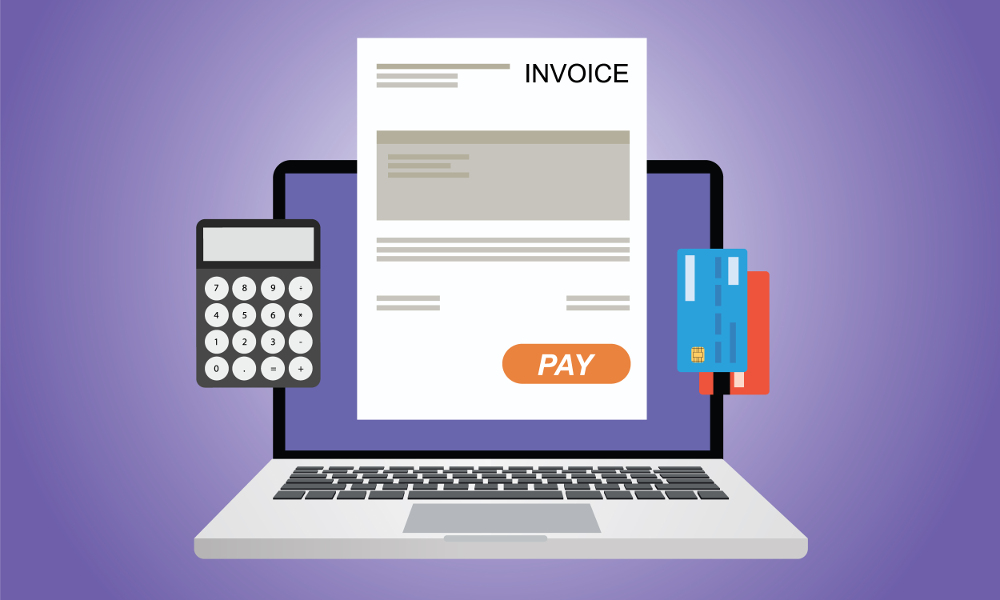How to account for an overpayment to supplier
Posted 4 years ago by Gidon

Maintaining a clear and accurate record of your financial transactions is crucial to every business but errors can occur, particularly if you manage your finances manually.
Handling such a situation correctly – professionally and financially – is important both to your record keeping and to your relationship with that vendor, so it’s important to have robust procedures in place.
What is an overpayment?
An overpayment is defined as any payment that is larger than the invoice’s outstanding amount. This can occur if the wrong amount is paid, or if an invoice is accidentally settled twice. It should also be noted that overpayments can be intentional – if, for example, you want to record a deposit or advance payment on the supplier’s account.
If the overpayment is made by mistake, your first action should always be to contact the supplier, explain the situation and agree a route to rectify it. If the invoice is from a regular supplier, the easiest solution is often to apply the overpayment to a new or existing invoice. Other options include refunding the overpayment or being given a credit note that you can allocate against a future invoice.
The next step is to ensure your accounts are corrected and that they represent how the situation is to be resolved.
How to manage overpayments in AccountsPortal
The simplest way to avoid overpayments, and to ensure they can be resolved quickly and accurately should they occur, is to minimise the amount of manual entry associated with your finances. Accounting software, such as AccountsPortal, simplifies the task of issuing and paying invoices, and also offers a step-by-step process to rectify overpayments.
In fact, in most cases in AccountsPortal the overpayment is created automatically when you enter an invoice payment that is larger than the outstanding amount. Automatic overpayments created when an invoice is paid will result in two separate bank transactions being created - one transaction reflects the invoice payment and the second transaction represents the overpayment.
You can also manually enter an overpayment. This can be done in one of three ways directly from the Banking tab:
- Navigate to Overview and click the Spend button for the appropriate bank account.
- In the Transactions tab select the appropriate bank account and then click on the Spend Money button.
- Via Bank Imports - import a bank statement or process an outgoing amount from an existing bank statement.
It’s then a case of selecting ‘Overpayment from Supplier’ from the Type dropdown menu, entering the date that the payment took place, the appropriate contact, any relevant reference, a description of the payment and the amount.
Click save and the Overpayment is completed. You can then allocate the overpayment to a new or existing invoice at a later date.
What to do if you receive an overpayment?
If you are on the receiving end of an overpayment from a vendor, the response would again depend on whether it is from a regular customer, in which case the simplest option is likely to be using the credit to offset future charges. The other option would be to request a full refund of the additional amount.
The steps above can be used when a customer makes an overpayment to you, but you would instead create a Receive Money transaction, instead of Spend Money.
Tax Implications of Overpayments
It should be noted that there are potential tax implications when you make or receive an overpayment.
As HMRC states: “The value of a supply is not affected if a supplier receives payment twice for a single supply due to a mistake by the customer. The value remains the original advertised price and cannot be increased simply because of an overpayment and so the additional payment is outside the scope of VAT. This applies whether or not the supplier makes provision to return the overpayment.”
If, however, the overpayment is not returned and is used to pay, or part pay, a future supply then it becomes consideration for a supply and so in some cases VAT may be due on the overpayment. The inference would be that if it is carried forward then this would not attract VAT, however.
Rectifying overpayments may appear complex, but with AccountsPortal identifying and resolving such activity is simplified.
If you need more help, head on over to our "Overpayment To Supplier page, or lodge a ticket with a member of our support team.
Further Reading
Hospitality VAT rate set to rise to 12.5%: How to manage the change in AccountsPortal